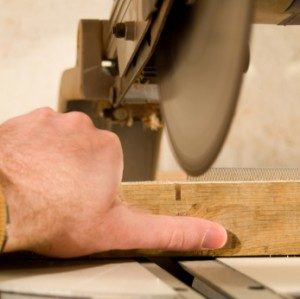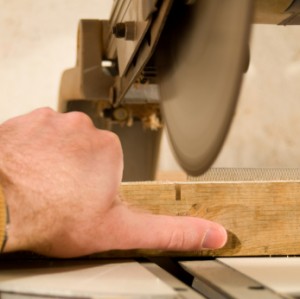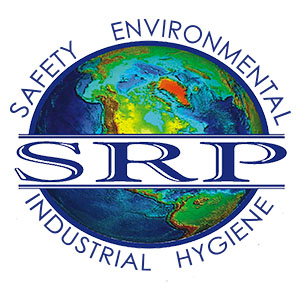OSHA Addresses Amputation Hazards In The Manufacturing Industry
 According to OSHA, there were a reported 2,600+ amputations across the country in 2015. In fact, approximately 57% of reported amputation cases involved manufacturing workers.
According to OSHA, there were a reported 2,600+ amputations across the country in 2015. In fact, approximately 57% of reported amputation cases involved manufacturing workers.
Planned OSHA inspections will be conducted in manufacturing sites throughout Arkansas, Louisiana, Oklahoma and Texas as a result of increased amputation cases. Enforcement of safety regulations should be managers and supervisors top priority
Expect on-site inspections to include focus on machinery that present amputation hazards to exposed workers. Inspectors will review operational procedures, employee working conditions, record keeping, as well as the company health and safety manual. Make sure these items are updated and in place before an inspector visits. Ensure compliance with proper implementation of health and safety programs.
Types of Amputation Hazards in Manufacturing
There are several different mechanical components that expose workers to amputation hazards.
- Point of operation—the area of a machine where it performs work on material.
- Power-transmission apparatuses— flywheels, pulleys, belts, chains, couplings, spindles, cams, and gears in addition to connecting rods and other machine components that transmit energy.
- Other moving parts—machine components that move during machine operation such as reciprocating, rotating, and transverse moving parts as well as auxiliary machine parts.
Employers and employees should be able to identify, manage, and control amputation hazards commonly found in the workplace. Hazards are commonly associated with mechanical components of machinery, the mechanical motion that occurs in or near these components, and the activities that workers perform during mechanical operation.
Methods of Safeguarding Machinery
Safe work practices, adequate employee training, and proper administrative controls can help prevent and control hazards. Machine safeguarding is crucial for all types of machinery. There are two ways to safeguard machinery: utilizing guards and installing devices.
Guards provide physical barriers that prevent access to hazardous areas. They should be secure and strong, and workers should not be able to bypass, remove, or tamper with them. Guards should not obstruct the operator’s view or prevent employees from working.
Devices can help prevent contact with points of operation and may replace or supplement guards. Devices interrupt the normal cycle of the machine when the operator’s hands are at the point of operation, prevent the operator from reaching into the point of operation, or withdraw the operator’s hands if they approach the point of operation when the machine cycles. They must allow safe lubrication and maintenance and not create hazards or interfere with normal machine operation.
Additionally, it is always a good practice to ensure worker compliance with lockout tagout procedures.
Not Sure If Your Facility Is Safe? Contact an SRP Safety Consultant Today to Schedule a Safety Audit. Call 866.222.4972 Now!
Established in 1996, SRP Environmental has become turnkey consulting firm offering environmental, health and safety solutions to organizations in construction, manufacturing, agricultural, oil and gas, healthcare and property management industries. SRP has seven convenient locations in Charlotte, Dallas, Denver, Honolulu, Midland, Shreveport and Pittsburgh to better serve their clients.
 ">
">

 ">
">
 ">
">